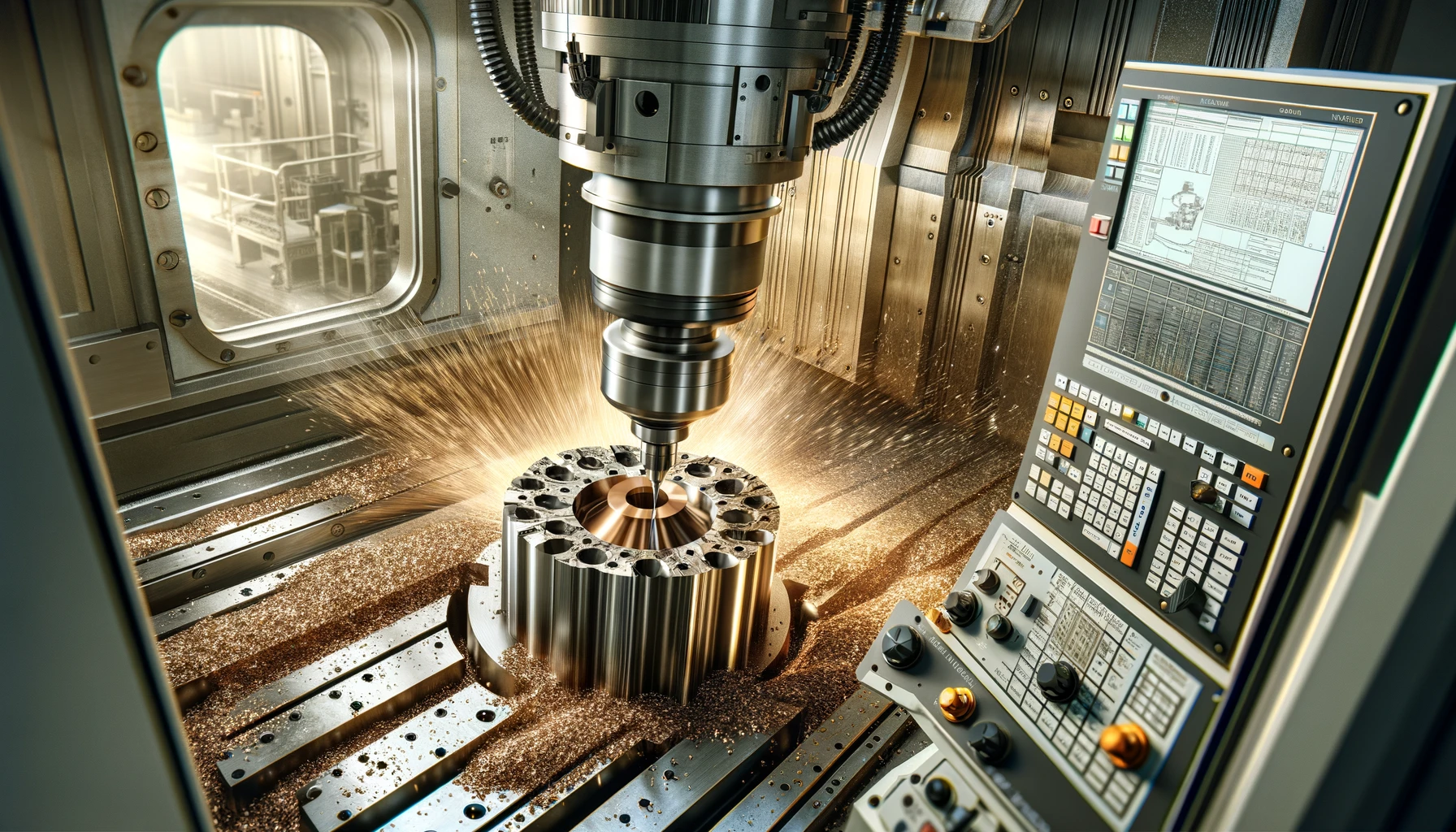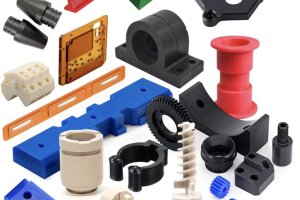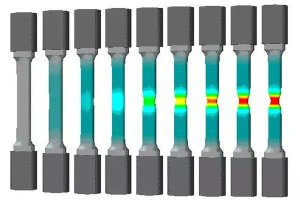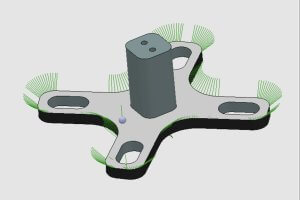Classification and Characteristics of Tapping in CNC Machining
Tapping, using taps to machine threaded holes, is the most commonly used method for creating threaded holes. It is mainly suitable for smaller diameter holes (D < 30) and for holes where the positional accuracy requirements are not high.
Flexible Tapping
In the 1980s, flexible tapping was widely used for threaded holes. This method utilized a flexible tapping chuck to hold the tap, which allowed for axial compensation. The chuck could compensate for the feed error caused by the non-synchronization of the machine’s axial feed and spindle speed, ensuring the correct thread pitch. However, the structure of the flexible tapping chuck was complex, costly, prone to damage, and had low processing efficiency.
Rigid Tapping
With the advancement in CNC machining center performance in recent years, rigid tapping has become a fundamental feature of CNC machining centers. Rigid tapping has now become the main method for threading.
Rigid tapping involves using a rigid spring chuck to hold the tap. The spindle feed and spindle speed are synchronized and controlled by the machine. Compared to flexible tapping chucks, spring chucks are simpler in structure, cheaper, and more versatile. In addition to holding taps, they can also hold end mills, drills, and other tools, thereby reducing tool costs. Furthermore, rigid tapping allows for high-speed cutting, improving the efficiency of the machining center and reducing manufacturing costs.
Determining the Pre-Tap Hole Size
The processing of the pre-tap hole has a significant impact on the life of the tap and the quality of the threading. Generally, the drill diameter for the pre-tap hole should be selected close to the upper limit of the pre-tap hole diameter tolerance. This reduces the machining allowance for the tap, lowers the load on the tap, and extends the tap’s lifespan.
Selection of Taps
When selecting taps, it is essential to choose the appropriate tap based on the material being machined. Tool companies produce different models of taps for various materials, and this should be given special attention during selection.
Taps are particularly sensitive to the material being machined compared to end mills or boring tools. For example, using a tap designed for cast iron to machine aluminum parts can easily cause thread stripping, cross-threading, or even tap breakage, leading to scrap parts. Additionally, the difference between through-hole taps and blind-hole taps should be noted. Through-hole taps have a longer lead and front chip removal, while blind-hole taps have a shorter lead and rear chip removal. Using a through-hole tap for blind holes cannot ensure the required threading depth.
If using a flexible tapping chuck, the diameter and square width of the tap shank should match the chuck. For rigid tapping, the tap shank diameter should match the diameter of the spring collet. In summary, reasonable selection of taps is crucial for successful machining.
CNC Programming for Tapping
Programming for tapping is relatively simple. Most modern machining centers have built-in tapping subroutines, and you only need to assign values to various parameters. However, it is important to note that different CNC systems have different subroutine formats, and some parameters may have different meanings.
By understanding these tapping methods and considerations, you can ensure high precision and efficiency in your CNC machining operations.
Other Articles You Might Enjoy
- Precision CNC Machining of Steel: High-Volume Production
Precision CNC Machining and High-Volume Production As an integral part of modern manufacturing processes, Precision Computer Numerical Control (CNC) machining brings about unmatched accuracy and consistency in the production of…
- Applications and Advantages of Bronze CNC Machining
1. Introduction: The Enduring Allure of Bronze in CNC Machining In this opening section, we explore the timeless appeal of bronze as a material for CNC machining. From its rich…
- Material Versatility in CNC Machining: From Titanium to Thermoplastics
Introduction to CNC Machining CNC machining stands as a cornerstone in the manufacturing sector, enabling the precise creation of parts and components. This process utilizes computer numerical control (CNC) to…
- Precision CNC Machining for High-Performance Industrial Machinery
Precision CNC Machining for High-Performance Industrial Machinery The process of Precision CNC (Computer Numerical Control) machining is at the core of manufacturing high-performance industrial machinery. This technique leverages a computer's…
- Innovative CNC Machining for Complex Surgical Tools
Introduction to CNC Machining and its Significance in Surgical Tools Manufacturing CNC machining, an acronym for Computer Numerical Control machining, plays a significant role in the manufacturing world. Being an…
- Nickel vs. Cobalt Alloys in High-Temperature CNC Machining: A Detailed Analysis?
Nickel and Cobalt Alloys in High-Temperature CNC Machining Both Nickel and Cobalt alloys play an essential role in high-temperature CNC machining. These metal alloys are popular choices due to their…









